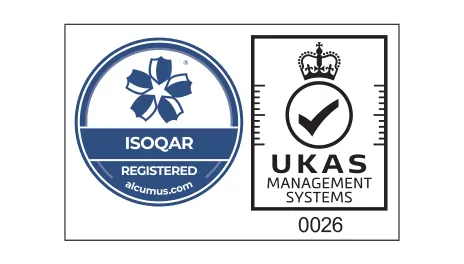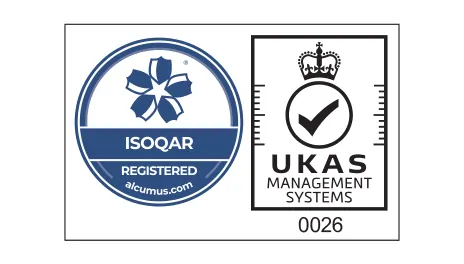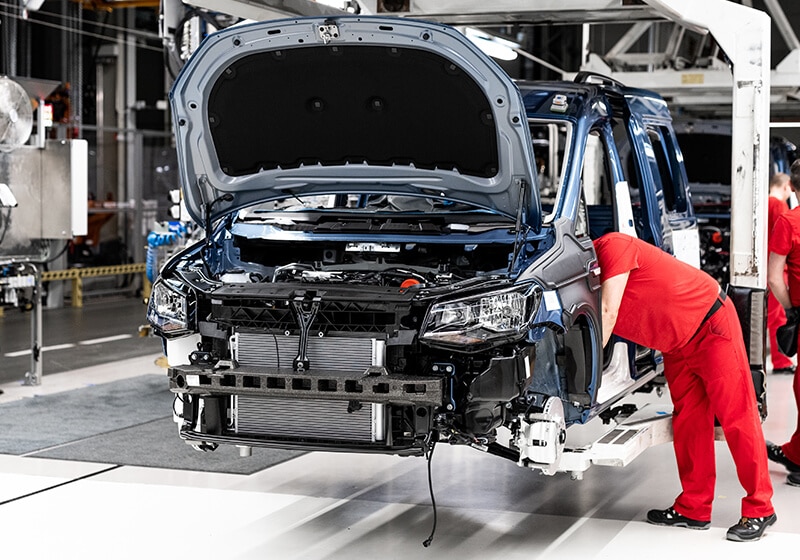
The UK electrical and electronics industry has been growing significantly in recent years, following a long period of decline. With the sector growing by more than 20% in the last four years, its annual turnover now stands at around £20 billion. Key to this success is the quality of electronic items being produced by the industry. Much of that quality can be traced to the high standard of electroplating applied to the individual components.
Electroplating in the electrical and electronic sector

Nearly every single electronic involves the use of several plating techniques. The central concerns are precision and uniformity of the metal deposits. Here at Karas Plating, we utilise an extensive range of plating procedures to produce electronic components that are second to none.
Why is electroplating so essential to the electrical and electronic industry? Here are some of the key reasons:

Connectors, contacts, conductors, and circuits

These are all important parts of any electrical circuit and every single one of them requires some sort of plating, if they are to work effectively. Regardless of the purpose to which they will be set, these components demand both durability and conductivity.
At Karas Plating we meet these demands through our gold-plating process. Gold is a valuable and much-prized metal. However, it has more than mere monetary value – it is an excellent material for the plating of circuit components. It is resistant to corrosion, offers low and stable levels of contact resistance, and is an efficient conductor of electricity.
The only down-side to gold-plating is that it can be somewhat fragile. In its unadulterated form, gold can even be marked by hand. To remedy this, and to make the circuitry more durable, we can add a primer layer of nickel onto the components. Not only does this produce a firm bond with the subsequent layer of gold, it makes its more durable, leading to longer lasting electronic devices.
Whilst Gold is a popular solution for the electrical sector, as is silver, a third contender with many advantages worth considering is Bright tin plating. It serves as an economical and technically valuable alternative where the expense of gold or silver is unjustified, especially in large-scale production. There are minor technical considerations (such as whiskering or organic additives) that manufacturers manage through process choice and design.
Heat resistance

Some electronic components generate tremendous amounts of heat, or are housed in apparatus that does so. To allow for their continued operation, the components need to be plated with a metal that can withstand high temperatures or powerful currents. Sadly, gold is not always up to this task. However, there is a suitable solution: silver. We use 99.9% pure silver to plate any components that are likely to experience high charges of electricity or heat. This is a higher purity than the silver you’re likely to find in jewellery and even decorative plating. Like with our gold-plating process, we can also incorporate a primary layer of nickel for greater durability.
Our Accreditations


ISO 45001:2018 – Health & Safety
ISO 45001:2018 is the international standard for Occupational Health and Safety Management Systems (OHSMS), replacing OHSAS 18001. By working to this standard, we protect the health, safety, and wellbeing of our employees, visitors, and anyone affected by our operations

ISO 14001:2015 – Environment
ISO 14001 is an internationally recognised standard that sets the requirements for an environmental management system (EMS). By working to the ISO 14001:2015 standard, we improve our environmental performance through the efficient use of resources and waste reduction, while strengthening our position and building trust with our stakeholders.

ISO 9001:2015 – Quality
ISO 9001 is the international standard for Quality Management Systems (QMS). By working to this standard, we strengthen our practices to meet the needs of our customers and stakeholders, using a framework that drives continuous improvement. It ensures we deliver consistent quality in our electroplating services through the correct application of a QMS.
Other sectors we cover


The automotive industry uses plated components to make their vehicles more efficient at every stage of their manufacture. From gold-plated micro-components in the ECU, to nickel-plated, corrosion-resistant parts, all the way to metal-plated plastic parts to create lightweight bodywork.

Whether we’re talking about the National Grid, criss-crossing the country providing the nation with its electricity, or more renewable sources of power generation like wind turbines and solar panels, electroplating is essential to the power industry. Components undergo great pressure on a day-to-day basis and must be robust enough to withstand the strain.

The petrochemical industry produces essential items that we use everyday, from plastics, petroleum, and detergents to lubricants, asphalt, propane, and more. Raw materials are subjected to extreme heat and pressure throughout the refining process, so the machinery used to do so requires durable and reliable plating to get the job done.











